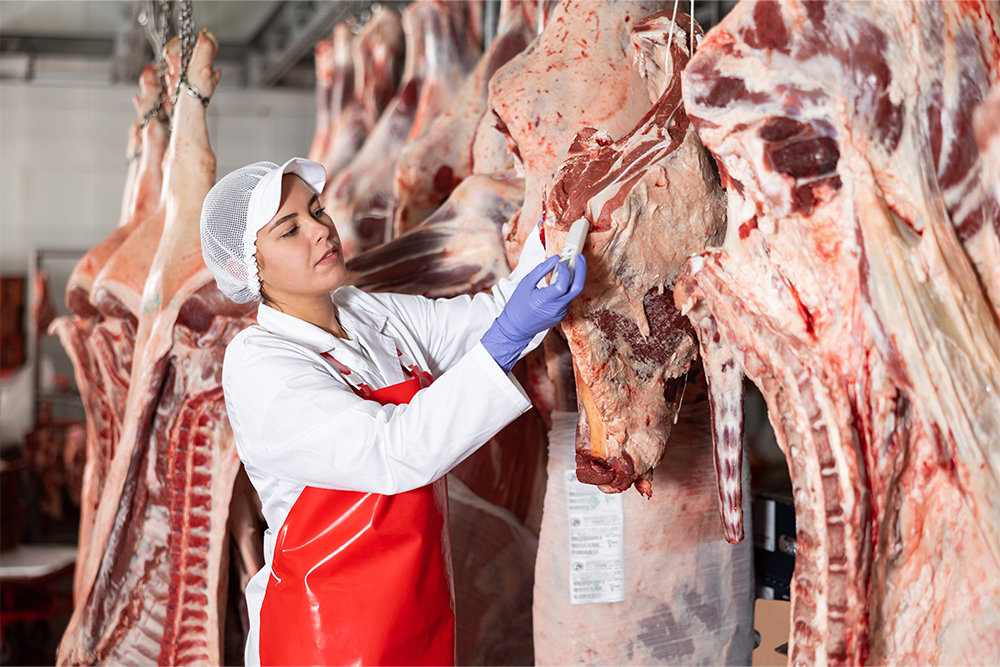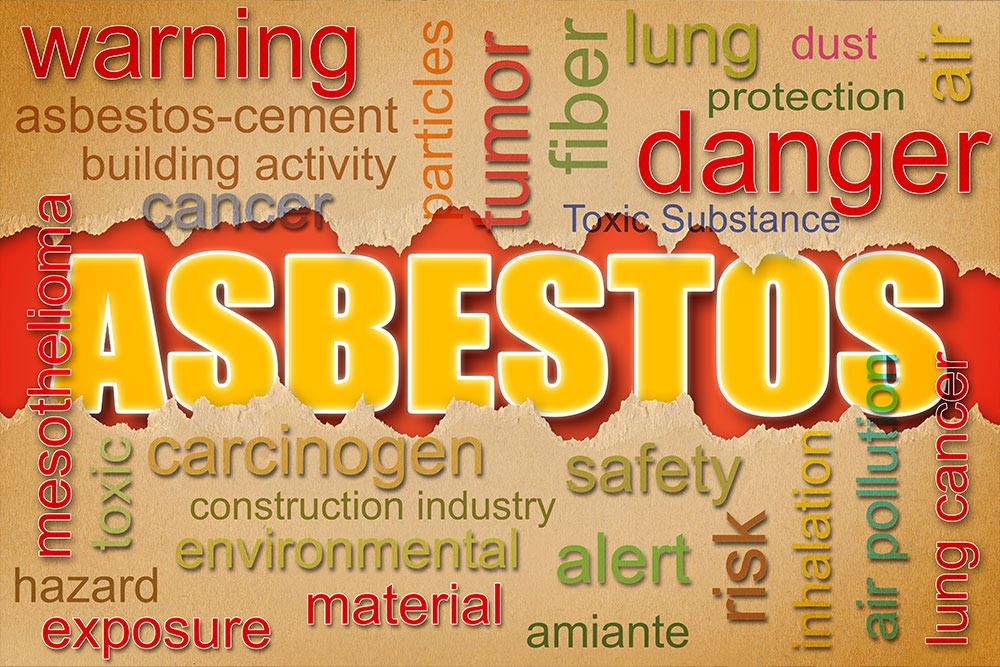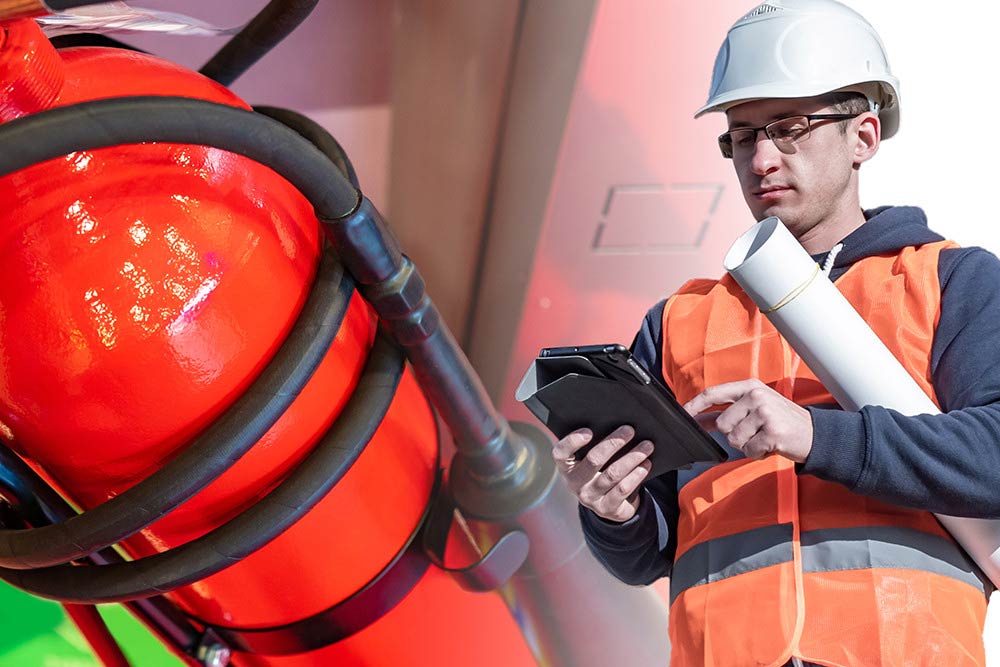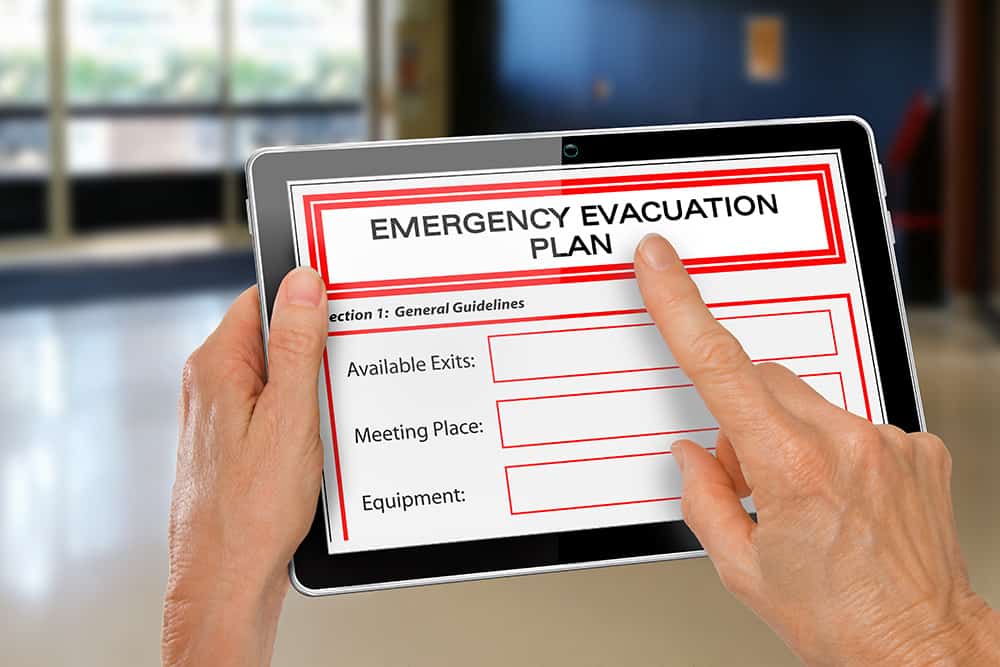
There’s technically no minimum workplace temperature. Employers are under no obligation to stop operations, no matter how low the mercury drops. But they are required to provide a reasonable (i.e., safe) working temperature.
This guide explores the law on workplace temperatures and what employers must do to ensure staff can work safely when it’s extremely cold or hot.
Key Takeaways
- There is no legal minimum or maximum workplace temperature, but employers are required to provide a “reasonable” environment.
- Employers must conduct a risk assessment to identify workplace temperature risks and implement effective control measures.
- Extreme cold can lead to risks like frostbite, hypothermia and cold stress, while extreme heat can cause dehydration, heat exhaustion and heat stroke.
- Protective measures include providing suitable clothing and scheduling work around extreme weather.
The Law on Workplace Temperatures
Indoor workplace temperatures are regulated by the Workplace (Health, Safety and Welfare) Regulations 1992 (the Welfare Regulations).
These regulations are complemented by the Construction (Design and Management) Regulations 2015 (CDM), which establish rules for indoor areas of construction sites.
Neither regulations set temperature limits, so there’s technically no legal minimum nor maximum. Instead, both the Welfare Regulations and CDM require a “reasonable” workplace temperature.
Legislators avoided prescribing workplace temperature limits because extreme heat or cold is often a consequence of work activities. For example, it would be impractical to set the same upper limit for both a foundry and a florist.
So, it’s up to employers to assess what temperature is reasonable for their workplace and implement control measures as necessary to ensure that temperature is maintained. With that said, there are workplace temperature guidelines to be aware of.
Health and Safety Courses
Our health and safety courses support legal compliance and effective risk management. They raise awareness of common workplace hazards and teach the fundamentals of safe working.
Extreme Cold
The Health and Safety Executive’s Approved Code of Practice (ACOP) on the Welfare Regulations recommends a minimum indoor temperature of 16°C for most workplaces. If work involves vigorous physical activity, temperatures can go as low as 13°C.
ACOPs aren’t the law. They’re advice on how to comply with the law. So, you can choose to ignore these minimum temperatures, provided you’ve fulfilled your actual legal duty to provide a reasonable workplace temperature.
In practice, ignoring ACOPs is rarely beneficial. Following the Health and Safety Executive’s guidance is consistently the most straightforward and cost-effective way to ensure compliance.

Extreme Heat
As mentioned, there’s no maximum workplace temperature. There isn’t any reference to one in the official ACOP, either.
But that’s not to say employers have no legal responsibilities when it comes to extreme heat in the workplace. Under the Health and Safety at Work Act 1974, employers must protect their workers from harm. This duty is reinforced by the Management of Health and Safety at Work Regulations 1999, which require all workplace hazards to be assessed and controlled.
Since extreme heat is an obvious danger, employers must prevent it from causing harm like they would any other hazard.

Outdoor Working
There’s no separate legislation for outdoor working. Again, work is technically allowed to continue in extreme weather as long as the risks have been assessed and suitable safety measures have been implemented.

The Risks of Extreme Temperatures
Working in extreme temperatures – whether too cold or too hot – can pose serious risks to health and productivity. Employers must understand these risks to protect workers effectively.
Difficulty Working
Extreme temperatures affect both physical and mental performance. In the cold, workers can experience reduced dexterity, slower reaction times and difficulty concentrating. Similarly, excessive heat can lead to fatigue, impaired judgment and slower decision-making. Both extremes make workplace accidents more likely.
Hypothermia
Prolonged exposure to extreme cold can lower the body’s core temperature to dangerous levels, leading to hypothermia. Symptoms include uncontrollable shivering, confusion and loss of coordination.
Frostbite
Frostbite happens when skin and underlying tissues freeze due to exposure to subzero temperatures. It typically affects extremities like fingers, toes and ears. Affected body parts first become painful before losing all sensation as the cold chokes off blood flow. At this point, the tissue damage can be permanent.
Cold Stress
Cold stress develops when the body loses heat faster than it can produce it. This condition can exacerbate pre-existing health problems, like heart disease, and lead to hypothermia or frostbite if preventive measures aren’t in place.
Dehydration
Dehydration happens when our bodies lose fluids faster than we can replace them. It can cause headaches, fatigue, dizziness and reduced cognitive function. Severe dehydration can impair physical performance and increase the risk of heat-related illnesses.
Heat Stress / Heat Stroke
Similar to cold stress, heat stress happens when the body absorbs more heat than it can handle. Excessive heat places a strain on the body, leading to dehydration, heat exhaustion and potentially heat stroke. Symptoms include dizziness, rapid heartbeat and fainting. Without immediate intervention, heat stroke can be fatal.
How to Protect Workers in Extreme Temperatures
Conducting a thorough risk assessment is the first step in protecting workers from the hazards of extreme heat and cold. This process is necessary to identify specific workplace temperature risks and determine appropriate control measures to ensure safety.
With that said, there are standard controls almost all workplaces should adopt if staff are subjected to severe heat or cold. We’ve listed them below.
Protection from Cold
- Maintain reasonable indoor temperatures: Aim to keep temperatures at least 16°C (or 13°C for physically demanding work) to minimise cold risks.
- Provide appropriate clothing: Exposure to low temperatures can cause frostbite and other cold-related injuries. Supply workers with insulated clothing, gloves and footwear to protect against these hazards.
- Control exposure: Extended periods in cold areas can increase the risk of hypothermia and other cold stress conditions. Schedule recovery breaks in heated areas to protect workers from prolonged exposure.
- Address cold floors: Floors can radiate cold through workers’ feet, potentially affecting blood flow and increasing risks of cold-related injuries like chilblains. Insulate floors or provide suitable footwear to manage this risk.
- Prevent draughts: Cold draughts can lower body temperature and cause discomfort at workstations. Install screens or barriers to protect workers.
Protection from Heat
- Ventilate work areas: Stale, hot air makes it harder for the body to cool itself. Use ventilation systems or air conditioning to maintain airflow and lower ambient temperatures.
- Control direct heat sources: Radiant heat from equipment or sunlight can increase the risk of heat-related illnesses. Insulate equipment and cover outdoor work areas where possible to manage these hazards.
- Provide water: Dehydration is a common risk in hot environments. Ensure workers have ready access to cool, clean drinking water.
- Provide shade: High temperatures can cause heat stress and discomfort. Provide fans or shaded areas to help workers cool down during breaks.
- Adjust work times: Continuous exposure to extreme heat can lead to heat stroke and exhaustion. Schedule demanding work during cooler periods and rotate staff to minimise prolonged exposure.
Heat and Cold Stress Training
While there’s no minimum or maximum safe workplace temperature, employers are legally required to ensure their staff are protected from the risks of extreme heat or cold. Training is essential for this. It helps workers identify the early signs of heat or cold-related conditions and ensures they can apply appropriate controls to stay safe.
Our online Heat and Cold Stress Training course covers recognising and managing the risks of extreme temperatures. It provides essential knowledge on assessing temperature-related risks and working safely in challenging conditions.





















